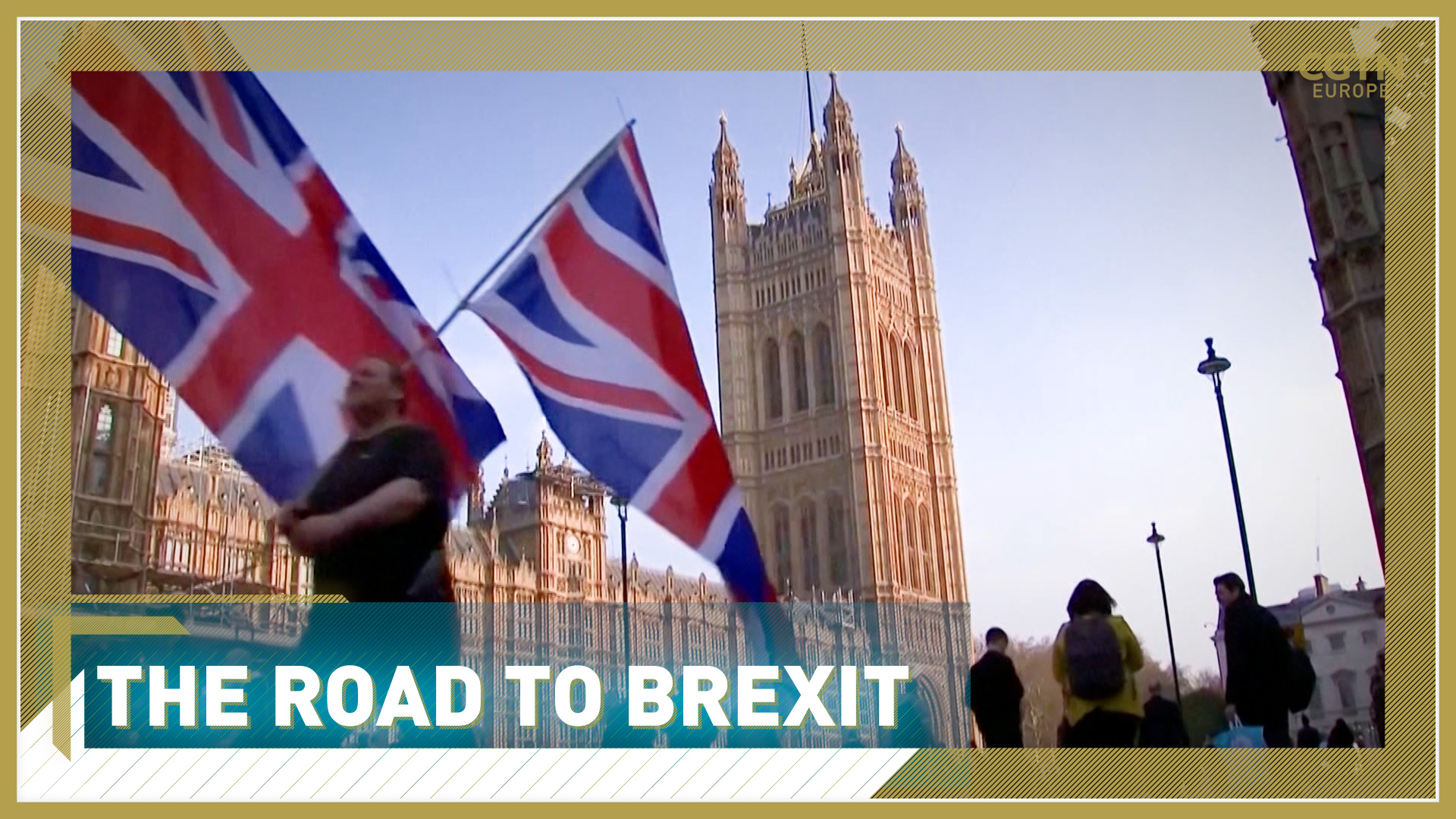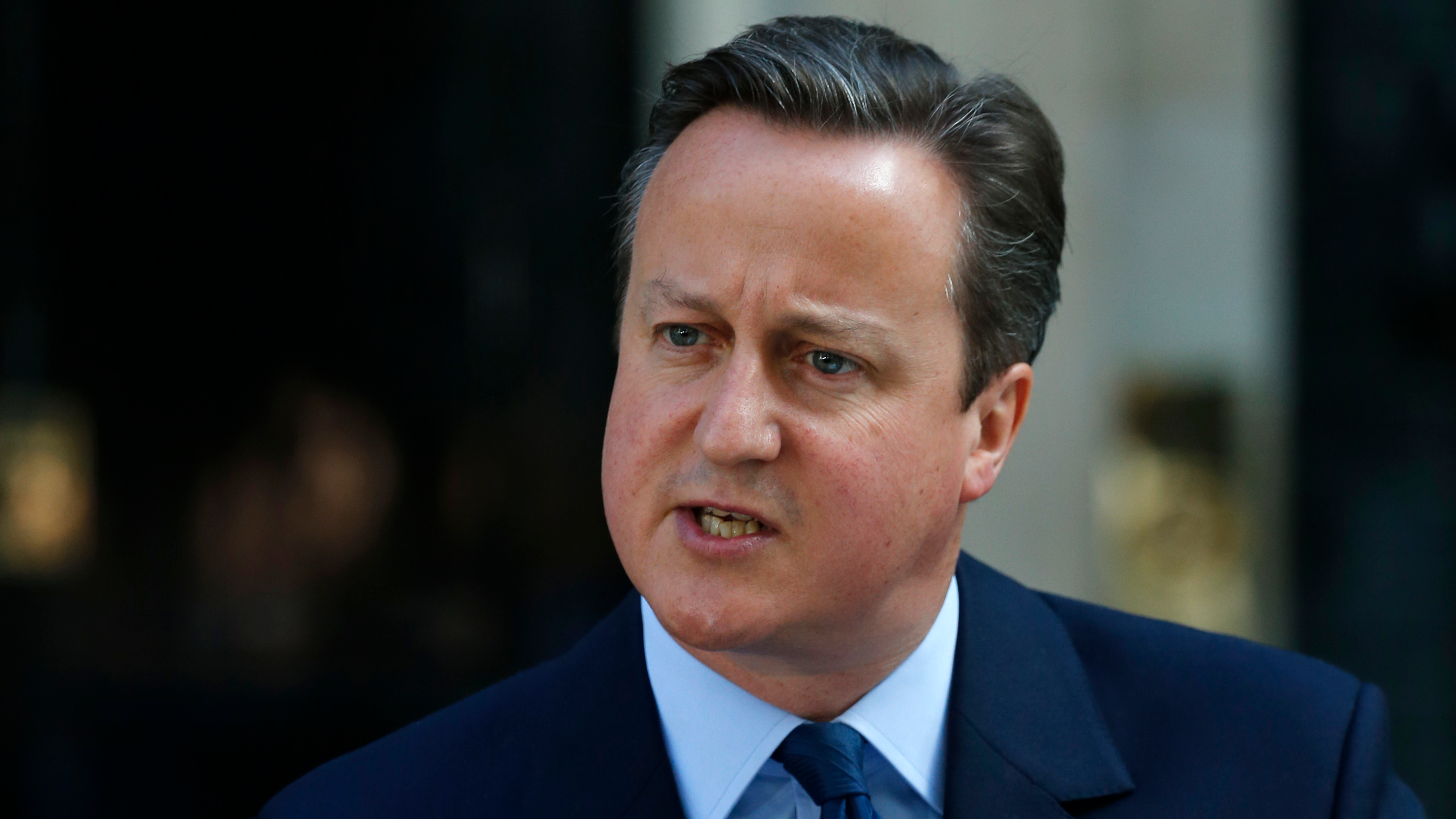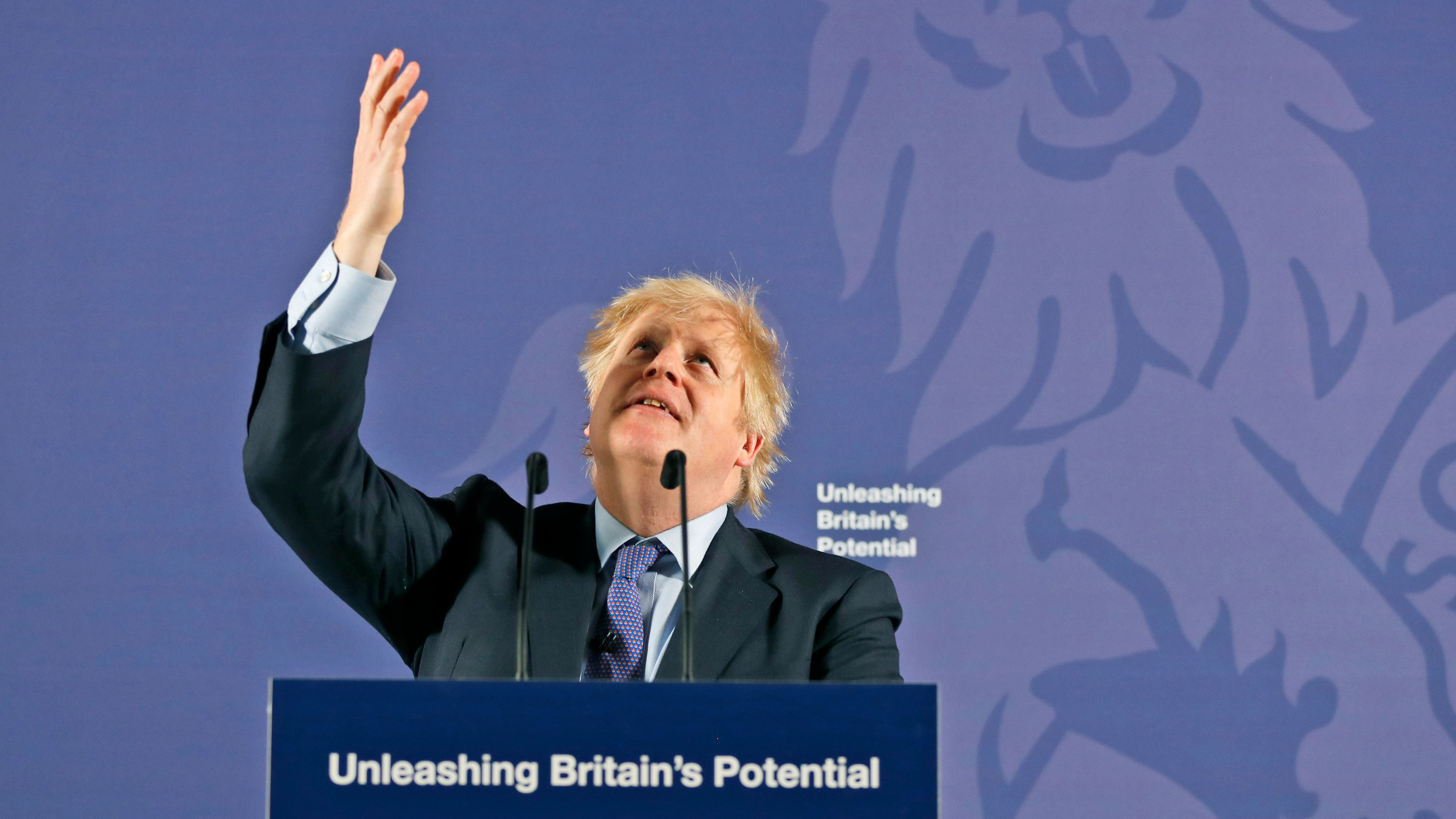03:59

From the very start this was a battle of red lines - red lines that became ever clearer as this determined divorce dragged on for four and a half years. At the start there was a feeling that the process itself would be far more straightforward than the politics had been.
Once the decision had been made and the timeline set pretty much in stone surely the details would be the easy part.
That will always be remembered a serious under-estimation.

Ever since the UK signed up to the European Economic Community in 1973 there has been a Euro-sceptic core in the Conservative Party.
It was an uneasy alliance from the start as Britain quickly took a separate role, aloof, never quite joining in to match the exuberance of countries like France and Germany who embraced this post-war union that was as much a celebration of peace as it was a trading block for the future.
In the 1990's when Britain made the decision to step back from monetary union, keeping Sterling over the new euro, it was clear that this sceptic block was steadfast and determined.
Then in 2015 Prime Minister David Cameron took an extraordinary gamble.
At the podium on the grey tarmac outside Downing St he laid it out.
"We are approaching one of the biggest decisions this country will face in our lifetimes – whether to remain in a reformed European Union or to leave," he said.
It was calculated simultaneously to appease and silence the anti-EU camp, but it turned out to be a huge mistake. The remain campaign was ill thought-out and lacklustre while the leave campaign was bold and loud.
It also recruited its latest leader in Boris Johnson.
In 2016 an apparently comfortable status quo was overturned and David Cameron's career was over. He left the political stage without looking back, but remains the focus of anger for the UK's sizeable pro-EU minority to this day.

In 2015 the then Prime Minister, David Cameron took an extraordinary gamble by asking people to decide whether to remain in a reformed EU or to leave. /AP
In 2015 the then Prime Minister, David Cameron took an extraordinary gamble by asking people to decide whether to remain in a reformed EU or to leave. /AP
Prime Ministers came and went
With Cameron suddenly gone, his successor Theresa May took the reins but was quickly identified by the emboldened Brexit lobby as too reasonable for the task ahead.
She needed a mandate and called a snap election in 2017 but instead of increasing her majority, she lost it.
She was now at the mercy of lawmakers, who repeatedly savaged her attempts at compromise with Brussels. The red lines were getting clearer.
And so, after three failed attempts to win support for her deal, May had to throw in the towel. Taking to the same Downing Street podium as David Cameron before her she could barely hold back her tears as she stepped down.
Boris Johnson was the Brexiteers choice for Prime Minister. He brought energy and determination to the cross-channel divorce project.
We're going to restore trust in our democracy, he said and we’re going to fulfil the repeated promises of Parliament to the people and come out of the EU on October 31, no ifs or buts.
Johnson wanted it done, and when MPs tried to check his progress as they had done with May, he pushed back hard.
At one point in September 2019, he actually suspended Parliament for 5 weeks: an unprecedented move that was ruled illegal by the UK's Supreme Court.

After succeeding former Prime Minister Theresa May, Boris Johnson' quickly gained the support of the public to 'Get Brexit done.' /AP
After succeeding former Prime Minister Theresa May, Boris Johnson' quickly gained the support of the public to 'Get Brexit done.' /AP
"Get Brexit done"
Like May, Johnson went to the country for support.
A snap election, and in December, was a bold high-risk move.
Unlike May he won a resounding victory. A hefty majority of 80 meant on 'Getting Brexit done' he had the public's support.
The Eurosceptics could leave him to get on with it.
The Withdrawal Agreement became law in February 2020 and negotiations began for a new deal.
Only then did those red lines dividing a new UK sovereignty with privileged access to the European single market start to paint themselves in the public sphere.
The symbolic issue of fishing rights, and the economic practicalities of a level-playing field took on such importance that the negotiators exhausted themselves trying to gain even an inch from the other side.
By the end both teams were exhausted, kept at the table by repeated phone calls between the European Commission President Ursula von der Leyen Brussels and Boris Johnson, civil but determined not to allow the moment to pass without result.
Perhaps what motivated Brussels and Westminster in the final days was the understanding that should the effort fail, any rebuilding of trust and confidence would be arduous and slow. Best not to go there.

